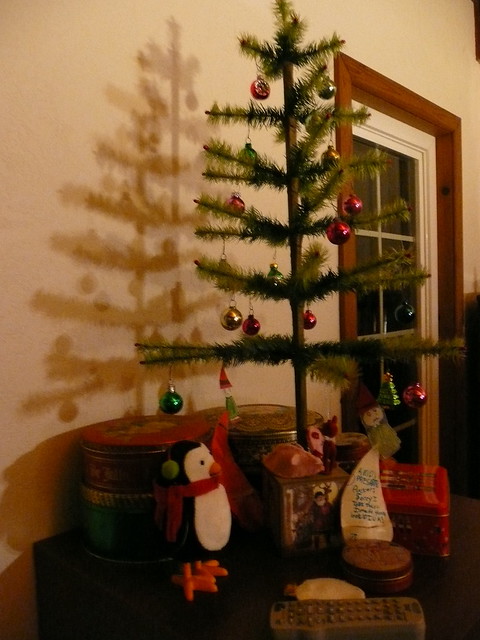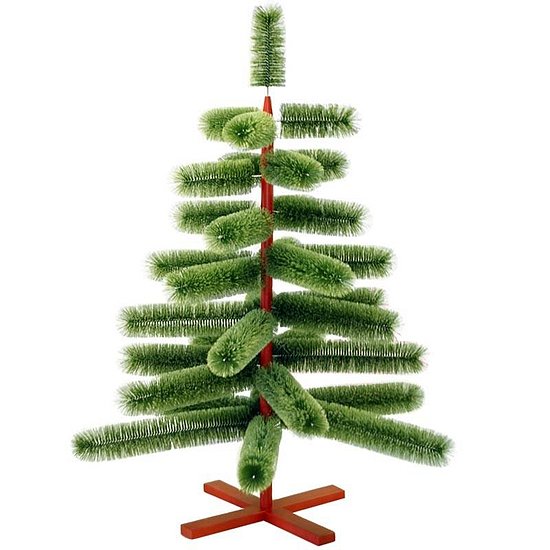 |
| The Tortoise and The Hare, bronze on brick, by Nancy Quint Schon. Copley Square, Boston, Massachusetts. Photo by Wally Gobetz. |
This lifestyle blog is about slow design, slow homes, slow fashion, slow food, and slow living - and the Big Idea behind them that just might save the world.
I never did really explain that 'might save the world' part, did I? The biggest problems facing the world in the next century are climate change and environmental degradation. We collectively need to change our lifestyles in a holistic way, and stop (literally) burning through carbon-based fuels and other resources. We need to dial back on consumerism and materialism, and reconnect with our communities and ecosystems. We need to do it because we want to, because it feels good and looks great and has all kinds of other benefits, not because we've been guilt-tripped into it. We need to do it because it's part of the 'good life' that we aspire to living. As part of a community of designers, makers, builders, and writers for whom environmental and ethical considerations are synonymous with good design, it is my goal to help build a slower, more sustainable world, to lose the silly granola stereotypes and political baggage, and create a covetable, sensuous, hopeful version of environmental consciousness. That's where the slow movement has an edge on environmentalism (which, let's face it, can be kind of a bummer) - it reaches an audience outside of eco-geeks like me. The slow movement celebrates craftsmanship, tradition, community, and beauty. Slow living is living locally, sustainably, ethically, and authentically. Slow is beautiful. Slow is personal. Slow is stylish. Slow is smart. Slow is sexy.
In short, the slow movement has the potential to be world-changing. I feel so fortunate to have started writing about it and incorporating its principles into my life just as it began to achieve widespread attention. It is really exciting to watch the monthly slow news roundup growing as more blogs about aspects of the slow movement emerge and more mainstream media do articles about it, and it's fascinating to watch the design innovations and new ideas that are coming out of the movement.
In the past year, I have written 35 articles and 11 slow news summaries. I'm so grateful to those of you who have been reading. According to Blogger's stats, you have visited from Canada (18%), the United States (60%), the United Kingdom (7%), Australia (4%), and other countries (11%) including Germany, France, Denmark, Russia, Ukraine, Romania, Puerto Rico, Brazil, Argentina, Chile, Saudi Arabia, India, Japan, and China. (Wow.) About 8% of you are reading on mobile devices of one kind or another. Several of you have reached out on Twitter or by email to speak kindly of what I've written or offer words of encouragement, or shared my writing on Google+ or Pinterest or Twitter (or even your own blogs!), and it means so much to me. Thank you.
The most popular search terms that bring many of you here have surprised me a little (variants on 'Tangled birthday', 'Cardboard Rocket Ship', and 'Project 333'). Here are my ten favourite posts from the past year:
- What is Slow Design? is the one that started it all.
- On the Slow Home Movement
- Urban Homesteading
- Slow In The Suburbs?
- How To: Manage An Epic Wardrobe Purge
- A Working Vintage Wardrobe
- Slow In Japan profiles the inspirational Sloth Club (Namakemono Club).
- (S)low Tech
- Mapping Local Knowledge
- Slow Making, Slow Craft, and Slow Cloth
1. Make It Prettier. I know my writing style is a bit wordy and academic, and that writing as inspiration finds me works better for me than having a set blog schedule. So, I'll never make a good professional blogger - and I'm perfectly okay with that. However, there are things I can do to make the blog more visually appealing, starting with a redesign (which will also make it easier to navigate), and learning how to take better photographs.
2. Make It Myself. I already have some craft and sewing projects on the go, and several more in the planning stages - I'm terrible about collecting the supplies I need then not following through and finishing the project. However. I really should take a few extra minutes to document and write up my DIY projects - not only so I have blog content, but as a reminder for myself of what I accomplished and how I did it.
3. Make It A Party. Last spring I partnered with a friend to organize a slow-fashion-inspired fundraising party, which will be back next spring as a gender-inclusive sit-down dinner. I have some bicycle event plans up my sleeve, too.
4. Make A Move. We love the house we're in, but we need a home where all the bedrooms are on the same floor and we can see the kids playing the garden while we're working in the kitchen. So, we've been house-hunting in our neighborhood for a home with a floor-plan that works better for our young family, and in preparation for that I have been gradually decluttering and getting organized. I'll be documenting that process along the way, and talking about choosing and decorating a slow home.
5. Make It My Business. I need to get down to brass tacks and write that business plan and figure out how, precisely, I'll incorporate the principles of slow design into my work. I do know that I'm disillusioned with the planned obsolescence that many interior decor business models rely upon; I'm still figuring out how that will change the services I offer or objects I create.
6. Keep It Real. While I haven't ever been dishonest in my writing, I tend not to talk much about my personal life. I suffer from mild depression (who doesn't these days?), and most of my family and my social circle live thousands of miles from me. So sometimes, finding the motivation to write or declutter or make things or exercise or volunteer or make new friends or network is more difficult than it should be. Pushing myself to be a superwoman does not help. Reading blog posts from perky twentysomethings with no responsibilities or baggage that wax poetic about the power of positive thinking does not help. Sometimes I tell myself chocolate helps, but I know I'm lying (*grin*). It's easy to beat yourself up for being human and having a bad day, it's easy to let your idea of normalcy be skewed by the carefully-styled images and how-to articles found on most websites and print magazines, and it's easy to self-censor and self-censure. It's harder to open up and be real. It's harder to be kind to yourself and silence your inner critic. But I think writing about my reality, instead of a fantasy version of slow living, is important. One of the dangers in the aspirational version of magazine and blog writing is that it can make things seem unattainable and exclusive. That's fine, if your goal is to market high-end items to a small number of people based on elitism. However. I don't believe the slow movement is only for those who who have cash and spare time to burn. I think our lives can be authentic and sensible at the same time as they're sensuous and stylish. Watch me prove it.
Thank you again for reading!











